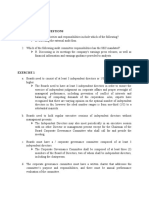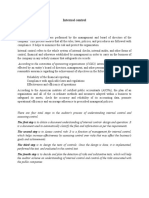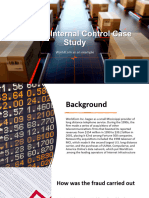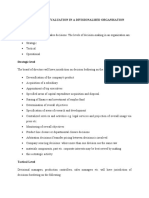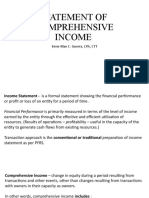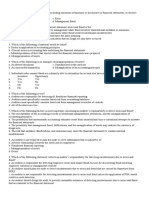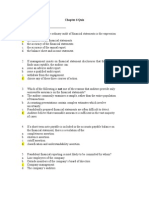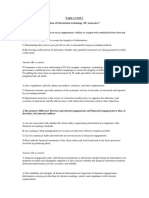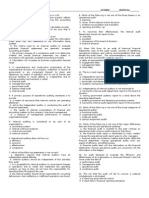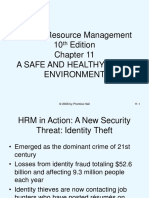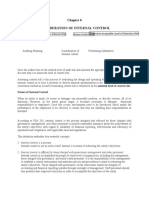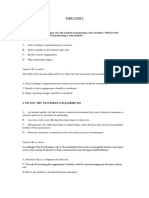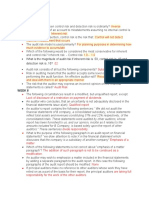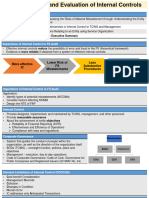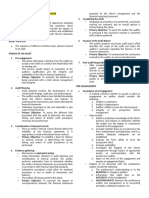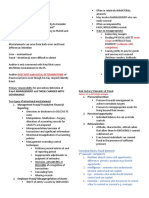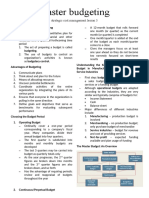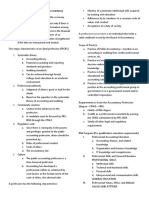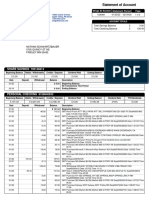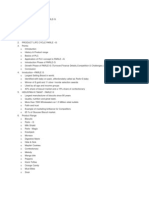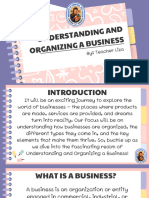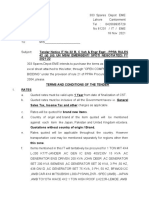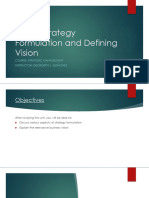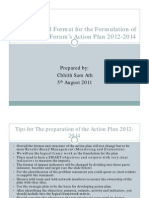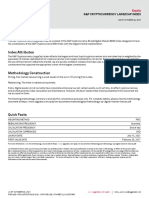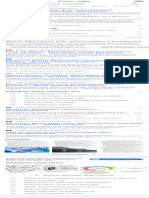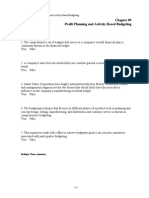0% found this document useful (0 votes)
386 views5 pagesChapter 11 Internal Control
This document discusses considerations of internal control in a financial statement audit. It defines internal control as processes put in place by management to help achieve objectives of reliable financial reporting, operational effectiveness and efficiency, and compliance with laws and regulations. The nature and components of an internal control system are explained, including the control environment, risk assessment, information and communication, and monitoring activities. The document also outlines how an auditor obtains an understanding of internal control to plan the audit and assess control risk.
Uploaded by
Cazia Mei JoverCopyright
© © All Rights Reserved
We take content rights seriously. If you suspect this is your content, claim it here.
Available Formats
Download as DOCX, PDF, TXT or read online on Scribd
0% found this document useful (0 votes)
386 views5 pagesChapter 11 Internal Control
This document discusses considerations of internal control in a financial statement audit. It defines internal control as processes put in place by management to help achieve objectives of reliable financial reporting, operational effectiveness and efficiency, and compliance with laws and regulations. The nature and components of an internal control system are explained, including the control environment, risk assessment, information and communication, and monitoring activities. The document also outlines how an auditor obtains an understanding of internal control to plan the audit and assess control risk.
Uploaded by
Cazia Mei JoverCopyright
© © All Rights Reserved
We take content rights seriously. If you suspect this is your content, claim it here.
Available Formats
Download as DOCX, PDF, TXT or read online on Scribd
/ 5


